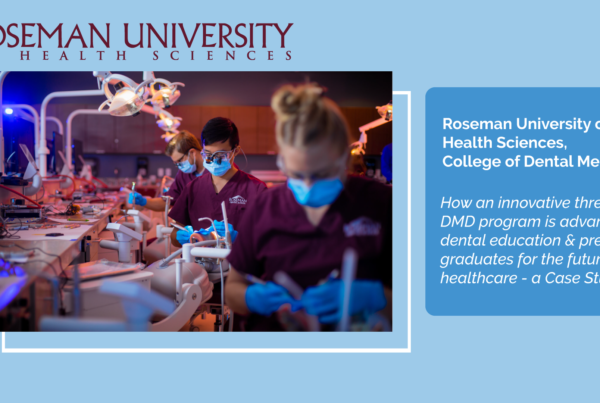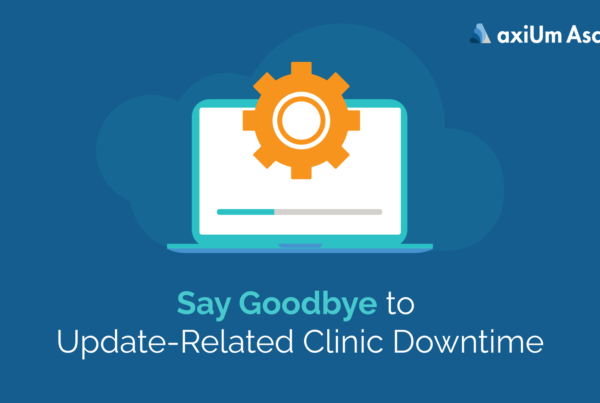Summary: We discuss the benefits of implementing a call center at your healthcare organization, including a job description example. From improving patient satisfaction to reducing costs, call center’s are improving the way healthcare organizations do business.
Call Centers are gaining popularity when it comes to scaling your healthcare organization. Many academic dental schools are opting to implement call centers to improve data collection and patient satisfaction, speed-up response times, and introduce an efficient workflow.
What is a Call Center?
A call center is a centralized department set-up to handle a large volume of telephone calls, especially for screening new patients, and providing customer service.
Call Centers are successful because they believe in clear role definition and structure. Consider Ford’s ‘assembly line’ when building out your patient processes. Ensure there are people in place for each portion of your patient’s journey, with those people being trained, and fully equipped, to best manage the patient/clinic relationship at that time. By providing focus to roles within your organization, staff and faculty can more easily understand what is required of them before, and after, their interaction with patients. So, what are the benefits of a call center?
1. Increased Customer Satisfaction
When faculty and staff have clearly defined roles, it helps them collect information that is pertinent to the task at hand, and therefore, won’t front-load data collection on the patient. In addition, when staff aren’t having to multitask with patients in the physical location, with those calling on the phone, it increases response times. Finally, if call center staff find an issue, they can escalate to an appropriate person before patients get frustrated.
2. Improved Call Quality
When it’s peak hour at the clinic, staff are focused on patients who are at the physical location. Staff aren’t able to dedicate time to the patients that call-in, causing a drop in call quality, and more than likely, an error in data collection.
3. Consistent Service
Instead of giving call-in patients a level of service dependent on extenuating circumstances such as how busy the clinic is or the seniority of a staff member, call centers maintain a consistent level of service.
4. Reduced Costs
Why have skilled labor answering calls that takes away from work that requires their specific skillset? Call center’s are a great way to introduce entry-level, passionate, people into your organization. Offering call center roles to students at your organization gives them much-needed experience with patients.
5. Improved Interdepartmental Communication
Currently, many staff are doing multiple jobs, including answering calls from patients that are in a variety of stages; general questions, upcoming appointments, benefit coverage. A call center opens up communication within departments by outlining what needs to be collected on their end, establishing a hand-off process, and ensures accountability.
6. Streamlined Software Integration
A lot of healthcare and dental organizations use a ‘best-of-breed’ software that is used throughout their entire organization. When your software integrates with call center technology, or offers call center capabilities, such as Exan’s axiUm, the data collected at a ‘call center’ level benefits all roles within the organization.
7. Easier Access to Service Data
Healthcare organizations are increasingly interested improving their service, but access to consistent patient opinions can be difficult. Call center’s follow a process that can include surveys, track speeds of answer/abandonment, and whether general satisfaction. See some examples below of some information you can obtain from a call center:
- Service level = 80% (80% of calls answered within 30 seconds)
- Average Speed of Answer = less than 30 seconds
- Abandonment Rate = 5% or less
- How well did the Representative understand your needs? 84% said very well.
- How knowledgeable was the Representative who helped you? 82% said very knowledgeable.
- How helpful was the Representative? 85% said very helpful.
In Conclusion:
The focus of roles within your healthcare organization staff to collect the necessary information and improve patient satisfaction. A call center is an excellent way to divide and conquer. That being said, the Florida Institute of Technology highlights some key challenges of a call center and stresses that call centers are a necessary element to survive in the healthcare industry:
Call centers must deal with the continuing challenge of recruiting and training excellent personnel and attempting to increase retention rates. To improve service, management must constantly communicate with both employees and customers in an interactive multidimensional process. In the global marketplace, improvement of service is not an option – it is a matter of survival.
If you’re looking to add a call center to your dental school, be sure to do research and write a compelling job description that will attract the passionate, and knowledgeable, people you are looking for!
Example Call Center Job Description
University of Southern California (USC) has written a compelling job description summary for their call center:
Job Summary: This position is responsible for answering, screening and directing incoming and outgoing telephone calls or other communications using a call management system. The Call Center Representative responds quickly and courteously to basic inquiries, registers and posts notes in client records, maintains data, and enters data in a variety of client management computer systems [e.g. Exan’s academic dental software, axiUm]. This position is also responsible for following up on unresolved customer and client inquiries, performing simple maintenance, contacting emergency personnel when necessary, and scheduling and confirming initial and follow-up appointments, as necessary.
Have you implemented a call center at your healthcare organization, or have you experienced a benefit not listed above, please email us at blog@exansoftware.com.





